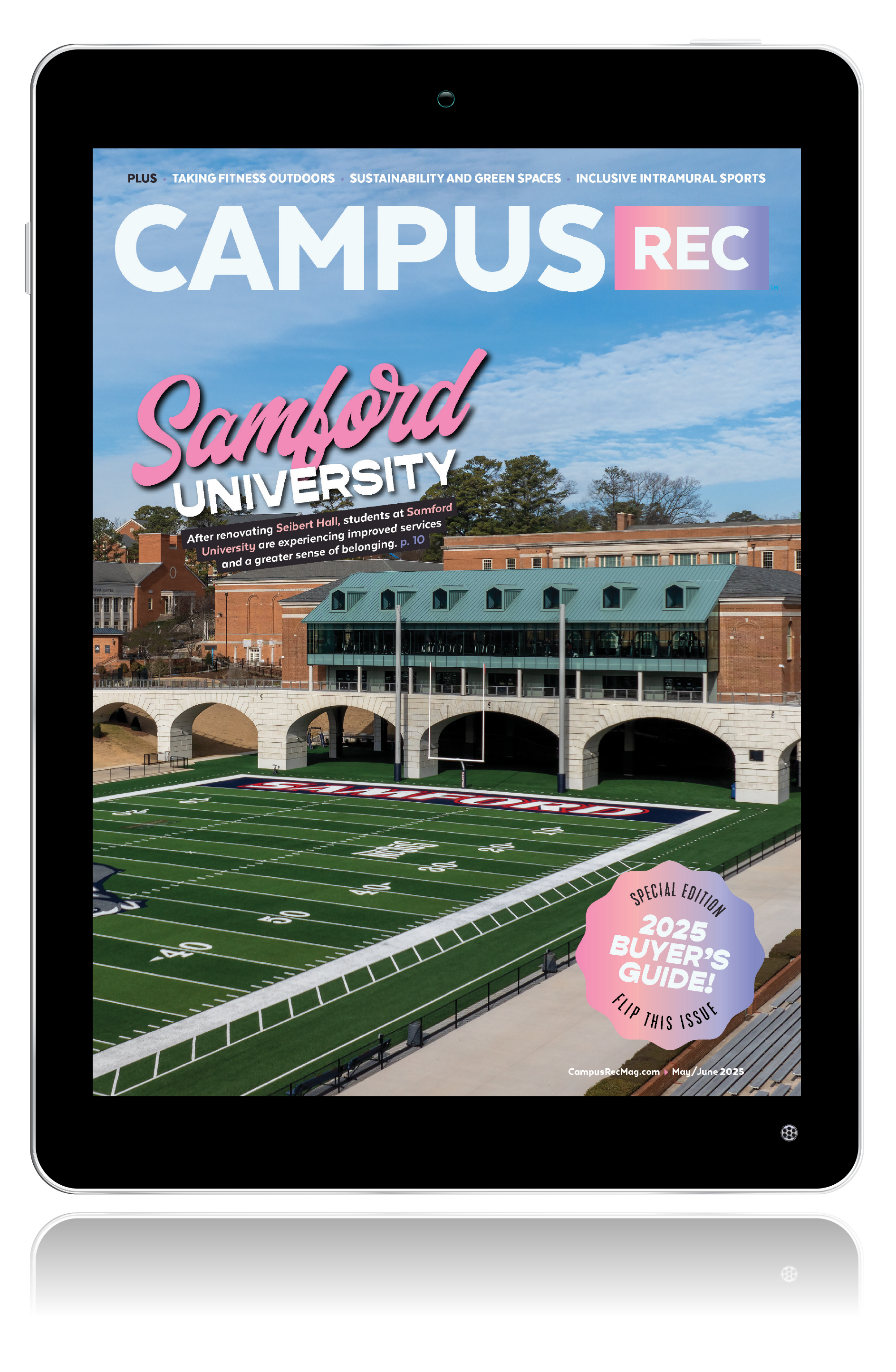Colleges and universities across the country work to provide welcoming and supportive environments for members of their campus communities regardless of the differences reflected among the makeup of their students, staff and faculty. Recreation departments can — and should — take an active role in supporting their school’s commitment to diversity, equity and inclusion initiatives. As collegiate recreation professionals, we are more than likely already bought in to the idea campus recreation is for everyone. However, this is not always clearly conveyed throughout the campus community. Although we may know all are welcome to participate in our events, programs and services, there may be those on campus who feel unwelcome and are not sure they belong. One way we can go about offering an inclusive environment is through the use of inclusive language.
What is inclusive language?
Inclusive language refers to communication that makes use of words, phrases and expressions that are welcoming. It ensures all users feel included, respected and valued. Inclusive language should embody all forms of communication, including:
- Emails
- Marketing material
- Social media
- Websites
- Imagery
- Other forms of communication
Why is inclusive language important?
Even when unintentional, language that is not inclusive can have a negative effect within our communities by making people feel left out and undervalued. The goal for inclusive language is to ensure all messaging makes people feel included. It not only serves to acknowledge diversity exists but also aims to show respect for all people and is sensitive to differences.
Tips for Putting Inclusive Language into Practice
1. Use person-centered language.
Person-centered language uses words that recognize individuals as people. It is an effort not to define people by a group characteristic. For example, when using person-centered language in referring to an individual with a body mass index of greater or equal to 30, you would say “person with obesity” rather than “obese person.” The purpose with this is to ensure people are not stigmatized or defined by their condition. It shows there is more to this person than this one descriptor.
2. Choose images that represent your audience.
We all use images in our marketing, whether it’s for flyers, posters, social media, etc. These images represent our department’s values as well as intended audiences. Anticipate a diverse audience and make conscious efforts to reflect that diversity in both our written work and images.
3. Be aware of context.
While we may be used to using terms or phrases when speaking with or addressing certain individuals and groups, keep in mind these words may have become inappropriate or offensive. For example, when trying to get the attention of or addressing a group of students, instead of calling out “hey guys,” try using neutral language such as “hey folks” or “hey friends.”
While some aspects of inclusive language may be new to many of us, it is important to acknowledge the fact we may not always get things right. When this happens, don’t over apologize. This could make others feel even more uncomfortable. The best thing to do is apologize and move forward. These mistakes can serve as a good learning opportunity and help to inform future practice.










